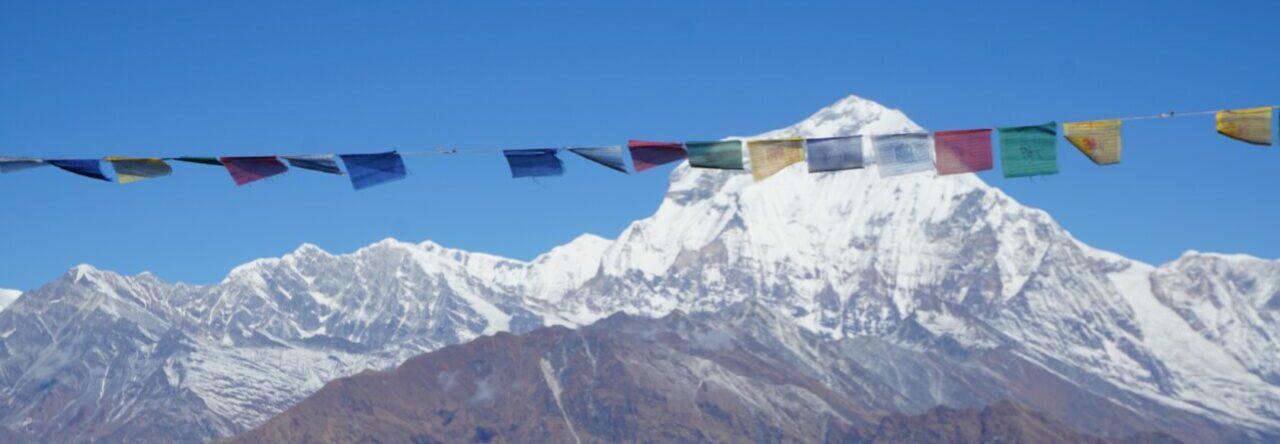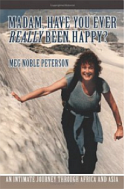Oh, yes, Nat King Cole, there was a time when that song warmed and thrilled me. That is, until I realized that living on Whidbey Island in the summer is anything but lazy or hazy. Crazy is the only thing that fits! Shakespeare in repertory graces our open-air theater, the wind blows over Puget Sound, and I don my polar fleece watching the sun set from my deck. And there is enough music and dancing to wear out the most avid teenager on any night of the week. Given our demographic, however, you can be sure that a lot of healthy adults are also gracing the streets, halls, and fields where the revelry takes place. Choose your poison: bluegrass, country, folk, jazz, classical, Baroque. And before the evening begins, wander through endless art exhibits from Greenbank to Langley. There’s no time to be lazy!
I do bless this weather when I hear from friends in St. Louis, Florida, or Texas, who are sweltering, while we look up at a blue sky with whipped cream clouds, and enjoy cool breezes that make us forget the dark, damp days of January and February.
 I arrived home from my three-week sojourn on the East Coast to find my orchids waiting to embrace me and the gardens in peak production, giving me the fresh produce I had so missed while away. And I looked forward to the frequent strolls I take along the shore at dusk.
I arrived home from my three-week sojourn on the East Coast to find my orchids waiting to embrace me and the gardens in peak production, giving me the fresh produce I had so missed while away. And I looked forward to the frequent strolls I take along the shore at dusk. 
The very next day was the annual Maxwelton 4th of July parade with outrageous costumes and themes ranging from children riding red, white and blue decorated tricycles to politicians campaigning to local non-profits promoting their cause and locals just promoting a cause… my daughter Cary was distributing snap peas on behalf of the School Farm and Garden Program, and son Tom was part of a group bringing awareness to climate change, with humor.
New construction is going on all around Langley, and the utility company is having a ball in front of my apartment, where a small lake has been growing for two weeks, the result of a major glitch in the stormwater system. I told the engineers that I wouldn’t swim in it until they removed the mosquitoes. (Actually, I have yet to see one out here, but something is germinating!). If I were six year old, I’d really love to watch dozens of burly men digging up the street and painting patterns on the pavement where an underground labyrinth waits to be discovered, thus reducing my lake to a mere duck pond. Yes, there’s activity everywhere!
Upper Langley, the new affordable housing community started by daughter, Cary, and three like-minded friends, is now in full swing, with builders digging foundations and homes arising right in front of our eyes. There’s excitement and anticipation in the air—an understatement to be sure.
My trip to the East Coast was divided into the New Jersey/New York City experience, the Pennsylvania rustic Mt. Laurel Autoharp Gathering (MLAG), and a visit to family, ending at our summer cottage on Lake Winnipesaukee near Wolfeboro, NH. Driving a rental car for seven hours, two days in a row, flanked by trucks going 70 mph or more, is quite a change from my quiet island. Even Seattle traffic takes a back seat to the highways of New York and Pennsylvania and New England. But I lived to tell the tale. It’s one of those “adventures” I don’t care to repeat anytime soon.
I was able to overlap, briefly, with daughter Martha, in Maplewood, NJ, at the home of a dear friend, Cheryl Galante, the world’s most hospitable human being. Martha sold her home a year ago and is now relocating in Denver, CO. She started her cross-country drive the next day, and shortly after arriving in Denver, headed for Australia and a full teaching schedule (website: www.essentialsomatics.com). But not, I hasten to add, before visiting her grandson and MY great grandson.
This trip, rich in the rekindling of old friendships, started with a visit to my grandson, Adam Bixler, who lives in a charming community in the East Village. The rest of the week I stayed in the West Village apartment of James Wilson, with whom I had traveled to Myanmar and Ladakh, and, happily, I did not swelter as I had last year. Wonder of wonders! The weather was marvelous. I got lucky before the “heat dome” moved in! And just picture me walking down the quaint streets past small historic houses and courtyards with Barry Hamilton, an actor and theater director, and his wife, Ruth Klukoff, a violin teacher in New York and Connecticut, to be treated to fabulous Middle Eastern cuisine and an afternoon by the Hudson looking across the water at the old Lackawanna terminal. Yes, New York has its pastoral settings, its park benches, and its flowering trees, and we enjoyed them all. I will not enumerate all the friends I enjoyed, nor the great restaurants I experienced, but I will grace you with a list of the superb plays and musicals I attended. Give the addict her due!
I took the family to An American in Paris. It was a repeat, since I had been wowed by it last year. Next came a special evening with Phyllis Bitow and Terri Pedone at the Tony Award musical Fun Home, and a reunion with Paul Sharar at The Father, to be mesmerized by the Tony Award winning performance of Frank Langella. James and I indulged in Something Rotten and the superb revival of She Loves Me, and Phyllis returned for the ABT production of Prokoviev’s ballet, Romeo and Juliet at Lincoln Center.
It was a heady visit and the next week at MLAG just kept the ball rolling with more superb musicianship, concerts, and visits with old friends, masters of the autoharp. The days were packed with workshops and performances by small group ensembles and headliners such as the laid back Tom Chapin, who brings an audience together in the spirit of Pete Seeger. Thanks so much to the new director, Gregg Averett, and the program directors, Neal and Coleen Walters. And thanks to George Orthey for the use of his lovely home away from home!
On my last week in the East, the three Noble sisters, of whom I am the middle, met in Peterborough, NH, and traveled on to our cottage, where nothing, except actual icebergs, keeps me from the water. Within a week I had defrosted and felt like a million dollars. I just can’t get enough of the spectacular sunsets over Lake Winnipesaukee.

 And I never miss the opportunity to return to Wolfeboro and enjoy watching the “Old Mount” pull up to the dock as I indulge in a double dip ice cream from Bailey’s Bubble.
And I never miss the opportunity to return to Wolfeboro and enjoy watching the “Old Mount” pull up to the dock as I indulge in a double dip ice cream from Bailey’s Bubble.
It was with lots of great feelings that I returned to Whidbey Island, to then head off to another cold lake at the base of Mt. Baker, as Jon Pollack and I start our annual ten-day hiking trip into the Cascades.
This will be a total escape from the craziness, which is not just summer, but which has spread throughout this nation for almost two years during the most unusual, deeply disturbing presidential campaign of my long life. Gird your loins, folks.
























































































